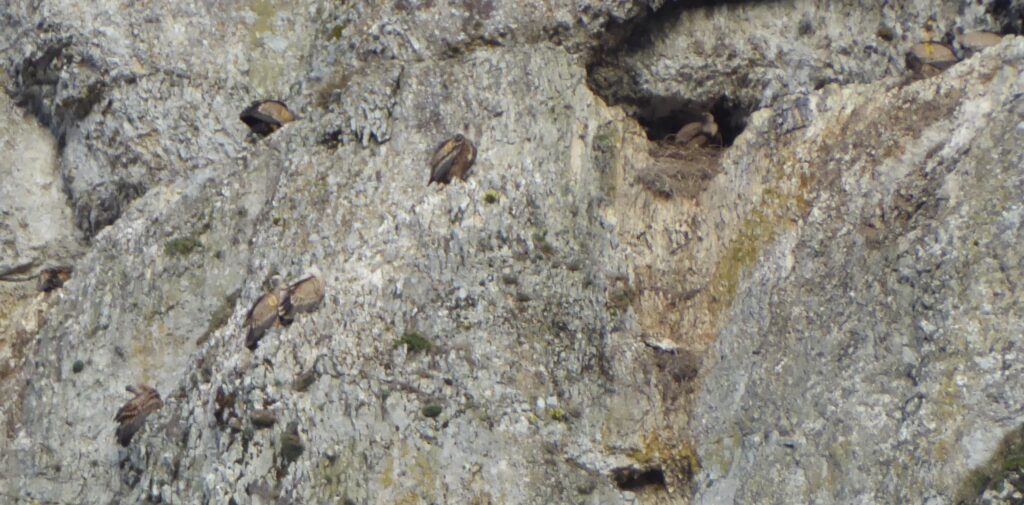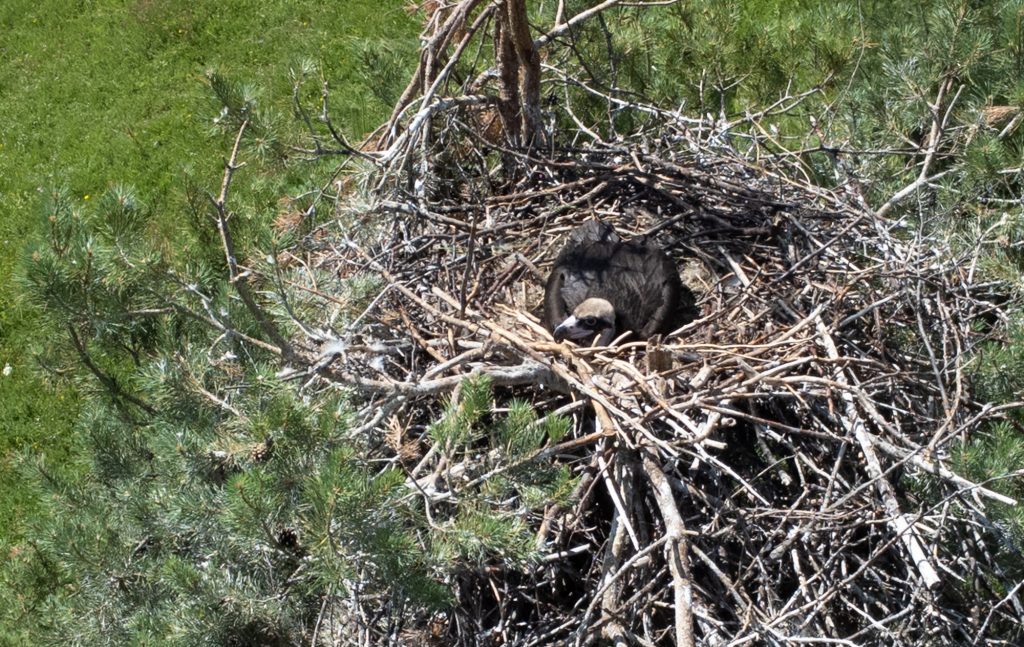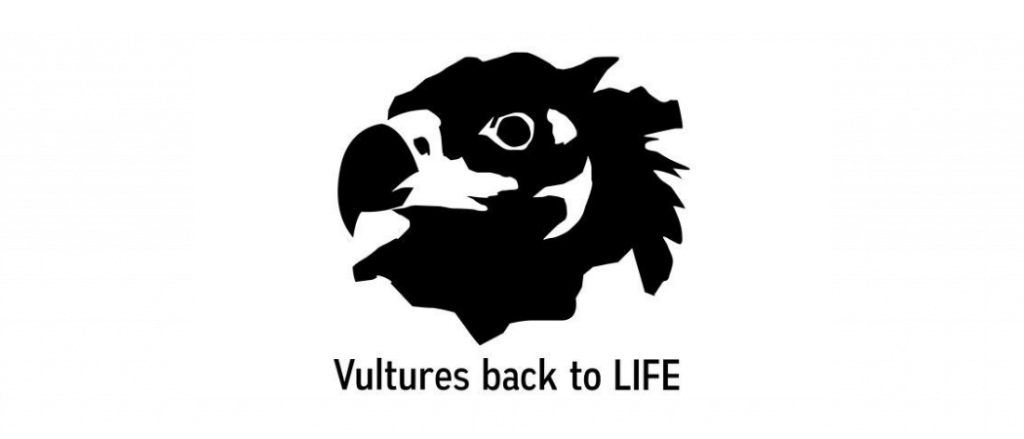
Exciting news as the breeding season has started for Griffon Vultures and Cinereous Vultures in Kotlenska Mountain that returned to the region following the reintroduction efforts in the Balkan Mountains, Bulgaria. Both species are monogamous and dedicated parents, sharing responsibilities for raising their chick. They have a long breeding period ahead that will continue over the next months until their fledglings are ready to fly and become completely independent.
Progress of the new breeding season
Griffon Vultures have begun their breeding season in Kotlenska Mountain! Over 20 pairs have already settled into their nests, with 12 laying and diligently incubating eggs in five different colonies. What’s even more promising is that some of these colonies have more nests than in previous years, giving hope that the final number of breeding pairs and chicks raised will surpass last year’s numbers of 24-25 and 13-14, respectively.
But that’s not all! In this area, they also observed four pairs of Cinereous Vultures that are currently preparing their nests for the upcoming breeding season. While they typically nest later than Griffon Vultures, we are eagerly awaiting their egg. Similar to Griffon Vultures, Cinereous Vultures only lay one egg every year. We hope for a successful breeding season for both species in the Kotlenska Mountains that have returned to the region after decades of conservation and reintroduction efforts.
Reintroducing the Griffon Vulture on the Balkan Mountains
Once common and widespread until the middle of the 20th century in Bulgaria, the Griffon Vulture faced a dramatic decline in the following years. Over the last decades, local conservationists, in cooperation with international partners and funders, worked towards restoring large vulture species in Bulgaria to revert this trend. With the support of France, Spain and over 19 Zoos from seven countries, over 350 Griffon Vultures were released in the Kresna Gorge and Stara Planina mountain range. The Vultures Back to LIFE project also greatly contributed to the conservation efforts of this species.
Bringing back the Cinereous Vulture to Bulgaria’s skies
The Vultures Back to LIFE project (2015-2022), funded by the European Commission’s LIFE programme and led by the Green Balkans and FWFF, was an important milestone to restore the breeding populations of Cinereous Vultures in Bulgaria. Griffon Vultures were also a target species of this project and highly benefited from the feeding stations and other conservation measures implemented, as well as some releases to reinforce the reintroduced population.

As for the Cinereous Vulture, the aim of the project was to connect the Balkan’s only remaining population in Greece with other populations in Crimea, the Alps and the Iberian Peninsula. Within the scope of the project, between 2018-2022, several Cinereous Vultures were reintroduced, some were captive-bred but most were originating from Spanish wildlife rehabilitation centres. Finally, in 2021, the efforts were highly compensated, as the first pair successfully hatched a chick in Bulgaria’s wild! Both parents were reintroduced birds and were the first pair successfully breeding in the country after nearly 3 decades. In 2022, by the end of the project, around 70 Cinereous Vultures were reintroduced, several pairs were formed and successfully raised offspring in the wild. A new breath of hope for the species in Bulgaria!
We cross our fingers for a successful breeding season ahead!
The photos presented in this post were taken from a safe distance using a telescope for monitoring and conservation purposes. It is crucial not to approach nests for photography, birdwatching or other similar activities during the breeding season since this is a very sensitive period and any disturbance to the nesting pairs may result in breeding failure.
The Vultures back to LIFE project

The Vultures Back to LIFE project, led by the wildlife conservation charity Green Balkans in collaboration with the Fund for Wild Flora and Fauna, Vulture Conservation Foundation, Junta de Extremadura and Euronatur, reintroduced the Cinereous or Eurasian Black Vulture to Bulgaria. Between 2015-2022, the team transferred and released around 70 birds into the wild, some from captive breeding but mostly coming from Spanish wildlife rehabilitation centres. By the project’s end, two chicks successfully fledged into Bulgaria’s wild, and there were more than 20 birds settled and 3-5 formed pairs.
The project also established supplementary feeding stations, boosted the populations of wild herbivores, created artificial nest sites and, among other actions, mitigated major threats to vultures in the country by insulating electricity pylons and combating illegal wildlife poisoning.




